C5/C6: November 13 from 4:00-5:00 p.m. ET / 1:00-2:00 p.m. PT.
C12: November 20 from 4:00-5:00 p.m. ET / 1:00-2:00 p.m. PT.
DaSy and ECTA Office Hours: APR Indicators C5/C6 and C12; 618 and SPP/APR Data Submissions


C5/C6: November 13 from 4:00-5:00 p.m. ET / 1:00-2:00 p.m. PT.
C12: November 20 from 4:00-5:00 p.m. ET / 1:00-2:00 p.m. PT.
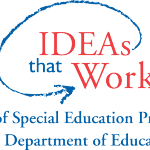
Oct. 9, 2024. Recording available. Part C Coordinators and Data Managers were invited to join OSEP for this important workshop designed to help prepare for 618 data submission through EdPass and the new General Supervision APR indicator.
Updated in October 2024, the IDEA Part C Dispute Resolution EMAPS Survey Data Check Tool is designed to be used by lead agencies in states as they prepare their data for submission in EMAPS. The tool can identify potential format errors and validation errors and check for year-to-year changes in the data.
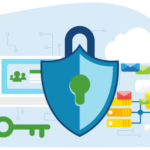
Have you been approached about having your Part C program participate in a statewide integrated data system initiative, such as an ECIDS or SLDS? Or is your program’s participation already in the works?

We will continue our critical work with states, ensuring they have the tools and capacity needed to build high-quality data systems and to use data to improve outcomes for young children with disabilities and their families.
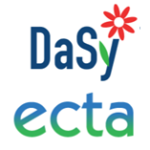
September 30, 2024. Recording now available. Are you including all the right data and information in your APR? Do you have questions about the new SPP/APR Indicator C12 and what information is required to be reported in it this year?
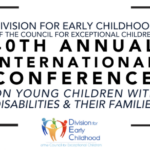
September 17–20, 2024. DaSy shared expertise on key topics such as empowering families and data use for child outcomes.

September 11, 2024. Recording now available. An engaging discussion on how the latest policy and data trends affect how States safeguard privacy.
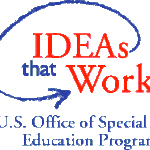
The Department of Education is considering revisions to the IDEA Section 618 Part C Child Count and Settings data collection to include a “home and community-based settings” reporting category to better represent infants and toddlers receiving early intervention services in natural environments.
This letter was jointly developed by offices within the U.S. Department of Health and Human Services and the U.S Department of Education to support increased collaboration between State Early Hearing Detection and Intervention programs and IDEA Part C early intervention programs.